Introduction: Top Chili Spices Every Cook Needs
Discover the essential chili spices that transform ordinary dishes into extraordinary meals. From smoky chipotle to fruity habanero, these 10 varieties offer unique heat levels and flavors to elevate your cooking. Here's what you need to know to choose, use, and store them like a pro.
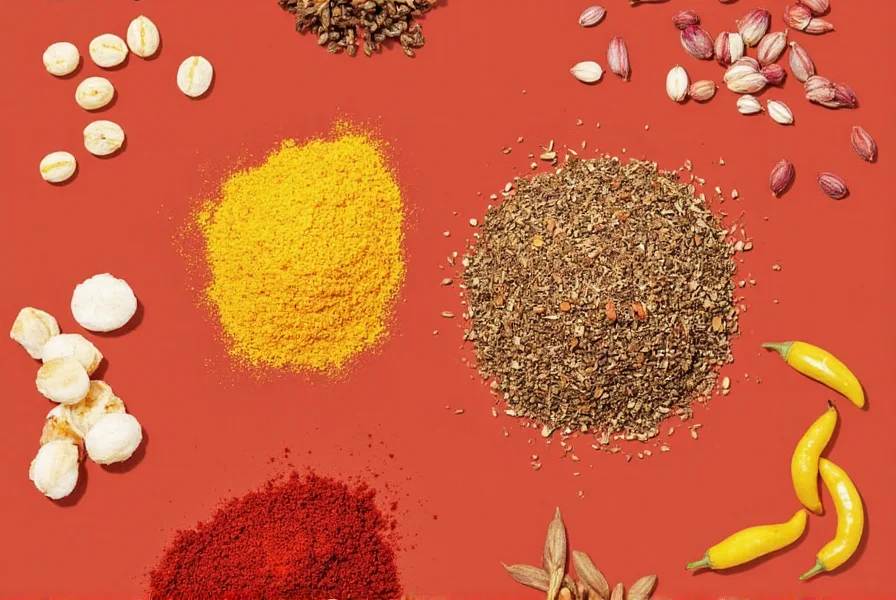
Top 10 Chili Spices You Can't Live Without
These must-have chili spices cover every heat level and flavor profile for global cuisine applications:
1. Cayenne Pepper
Bright red powder with moderate to high heat (30,000-50,000 SHU). Perfect for soups, sauces, and adding consistent heat without smokiness.
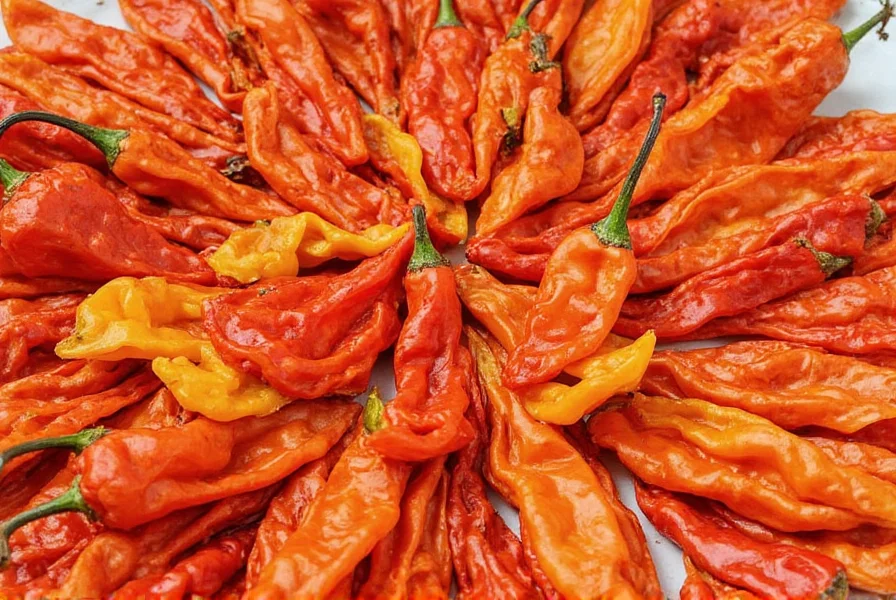
2. Crushed Red Pepper Flakes
Classic Italian staple with sharp, immediate heat. Ideal for pasta, pizza, and quick garnishes.

3. Paprika (Hot and Sweet)
Sweet paprika adds vibrant color and mild sweetness, while hot paprika delivers balanced heat. Essential for rubs and stews.

4. Chipotle Powder
Smoked jalapeños create deep, earthy heat (2,500-8,000 SHU). Perfect for barbecue sauces, chili, and roasted vegetables.
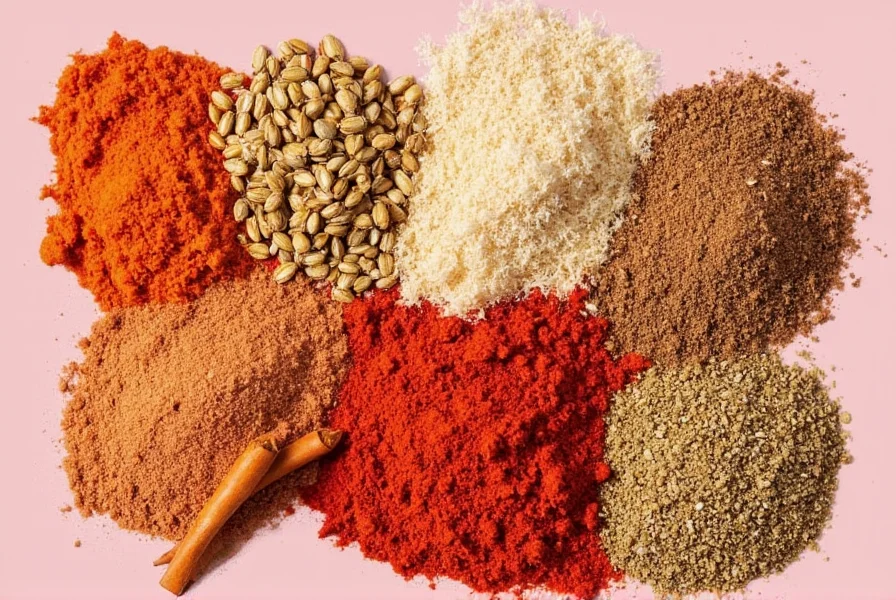
5. Habanero Powder
Fruity tropical heat (100,000-350,000 SHU). Use sparingly in hot sauces and Caribbean dishes for complex spice.
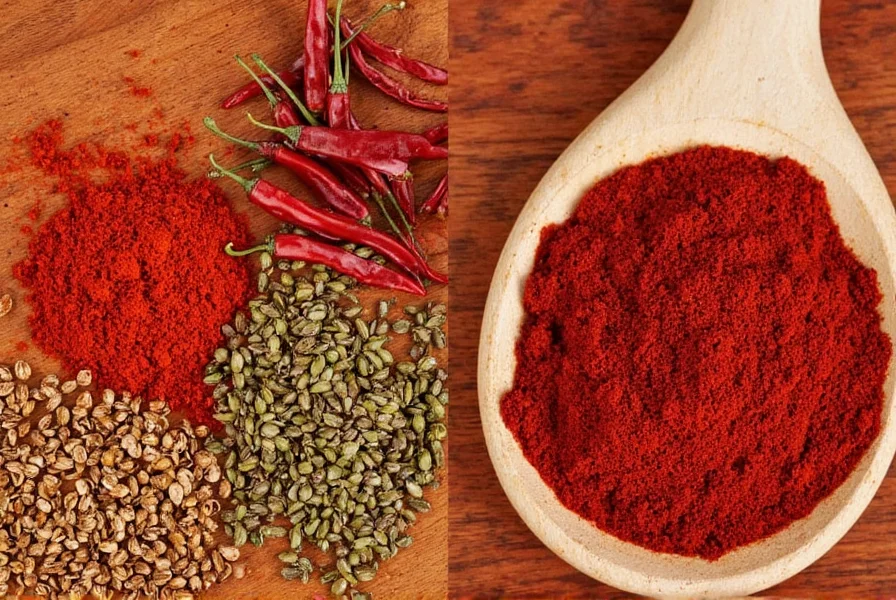
6. Ancho Chili Powder
Mild, sweet, and raisin-like (1,000-2,000 SHU). The backbone of Mexican mole and enchilada sauces.
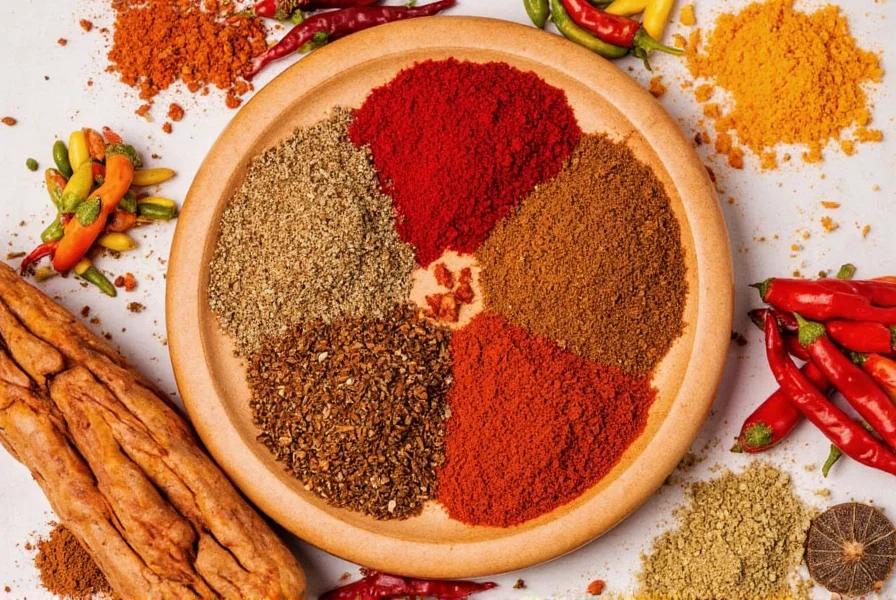
7. Aleppo Pepper
Medium heat with citrusy notes (10,000-30,000 SHU). Excellent for grilled meats, hummus, and Middle Eastern dishes.
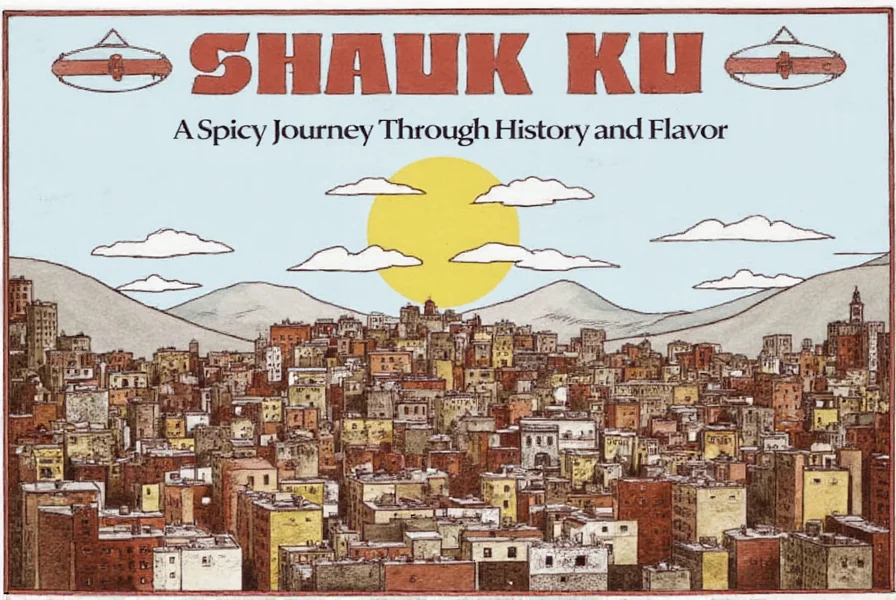
8. Serrano Pepper Powder
Bright, grassy heat (10,000-23,000 SHU). Ideal for fresh salsas, tacos, and Mexican cuisine.
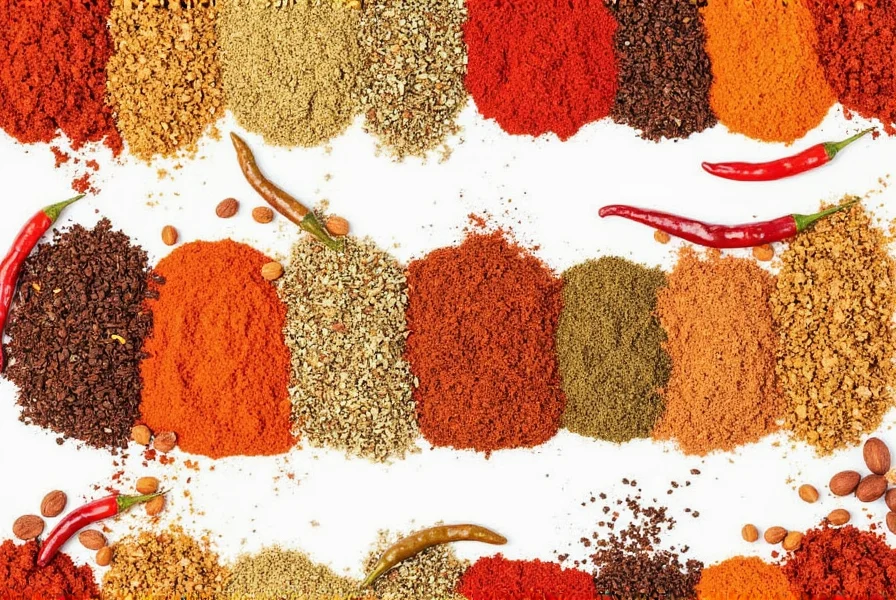
9. Thai Bird's Eye Chili
Intense heat (50,000-100,000 SHU) with citrus undertones. Essential for Thai curries and Southeast Asian stir-fries. 
10. Ghost Pepper Powder
Extreme heat (800,000-1,000,000+ SHU). Use in tiny amounts for specialty hot sauces and adventurous dishes. 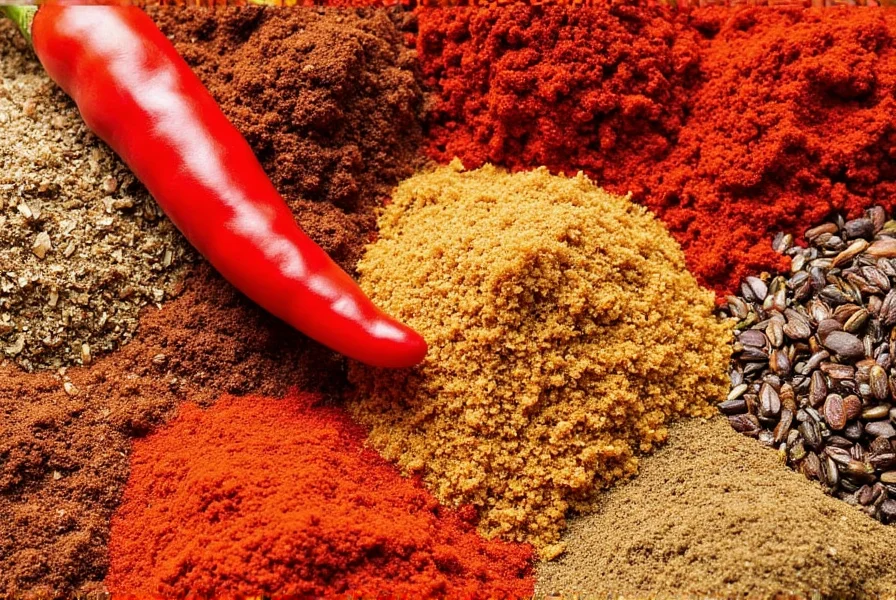
Chili Heat Levels and Flavor Profiles
| Chili Type | Heat Level (SHU) | Flavor Notes | Best Uses |
|---|---|---|---|
| Cayenne | 30,000–50,000 | Earthy, sharp | Soups, sauces, spice rubs |
| Chipotle | 2,500–8,000 | Smoky, woody | Barbecue, chili, roasted veggies |
| Habanero | 100,000–350,000 | Fruity, floral | Hot sauces, tropical dishes |
| Ancho | 1,000–2,000 | Earthy, sweet, raisiny | Mole, enchiladas, stews |
| Aleppo | 10,000–30,000 | Smoky, citrusy | Grilled meats, dips, Middle Eastern dishes |
Pro Tips for Cooking with Chili Spices
- Toast Whole Chilies: Dry-toast dried chilies in a pan for 1-2 minutes to unlock complex flavors before grinding.
- Layer Heat: Add ground spices early for base flavor, and fresh chilies at the end for bright heat.
- Balance with Acid: Pair with lime juice, vinegar, or tomatoes to cut through richness and enhance complexity.
- Store Properly: Keep in airtight containers away from light and heat to maintain potency for 6-12 months.
- Start Small: Add chili gradually and taste as you cook—you can always add more heat, but you can't remove it.
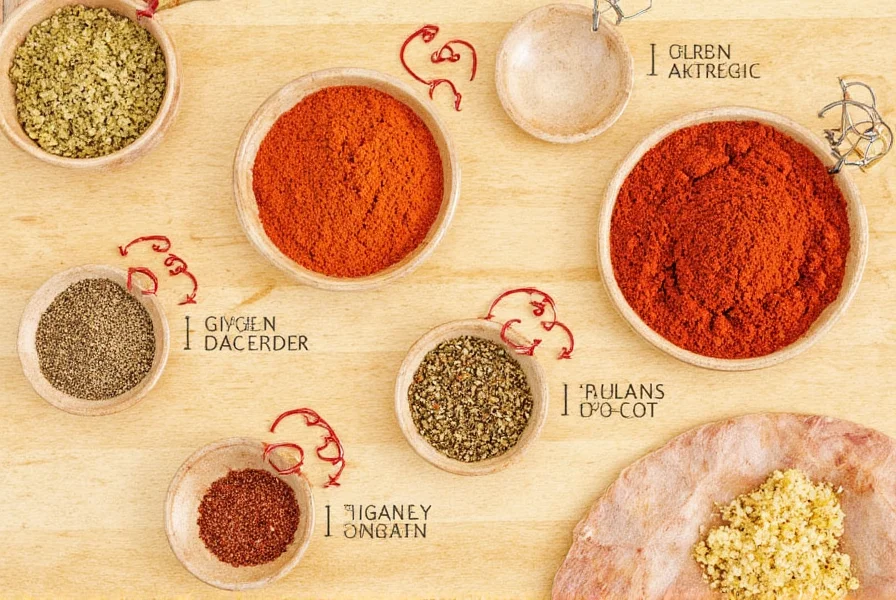
Buying Guide: How to Choose the Best Chili Spices
Whole vs. Ground Chilies
Whole Chilies: Retain freshness longer and allow for custom toasting/grinding. Ideal for making pastes or infusing oils.
Ground Chilies: Convenient for quick cooking but lose potency faster. Buy small quantities and store properly.
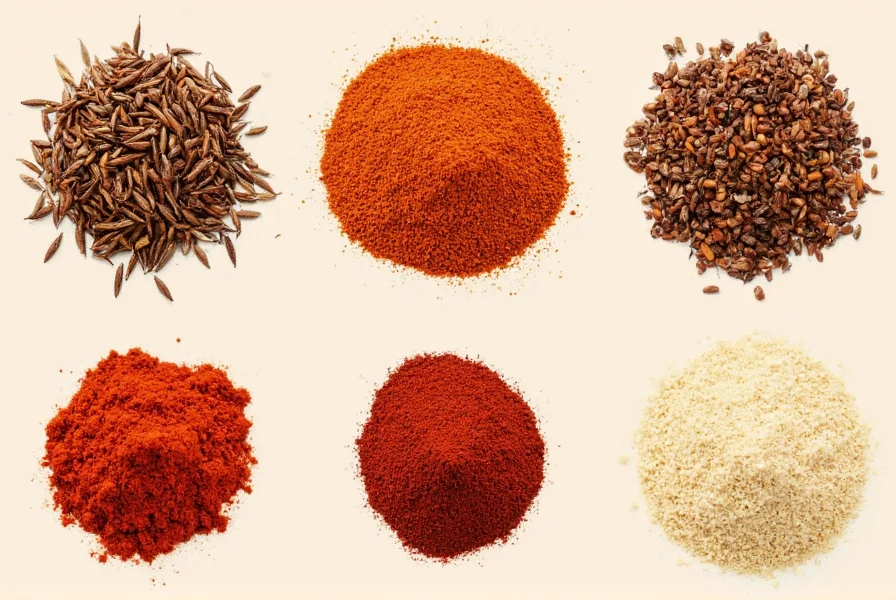
What to Look For
- Vibrant Color: Faded or dull colors indicate old or low-quality spices.
- Strong Aroma: Fresh spices should have a pungent, fragrant smell.
- Pure Ingredients: Check labels for no fillers or anti-caking agents.
- Reputable Brands: Trusted brands ensure consistent quality and sourcing.
| Product | Features | Advantages | Best For |
|---|---|---|---|
| McCormick Culinary Chile Powder | Consistent grind, pure ancho flavor | Reliable performance for large batches | Home cooks and restaurants |
| Penzey's Chipotle in Adobo Seasoning | Authentic smoky flavor, no additives | Perfect for Mexican dishes | Barbecue and taco nights |
| La Flor Habanero Powder | Natural, unadulterated heat | Custom hot sauce creation | Spice enthusiasts |
| Simply Organic Cayenne Pepper | Organic, non-GMO certified | Health-conscious cooking | Daily seasoning |
| Frontier Co-op Aleppian Pepper | Rich, aromatic, moderately spicy | Middle Eastern cuisine | International dishes |
Frequently Asked Questions About Chili Spices
What's the difference between chili powder and cayenne pepper?
Chili powder is a blend of ground chilies with spices like cumin and oregano (500-1,500 SHU), while cayenne pepper is pure ground cayenne chilies (30,000-50,000 SHU). Use cayenne for pure heat without additional flavors, and chili powder for authentic Mexican seasoning profiles.
How can I reduce the heat of a dish that's too spicy?
Add dairy (yogurt, cheese), acid (lime juice, vinegar), or sweetness (honey, fruit) to balance capsaicin. Increase volume with non-spicy ingredients like beans or rice. Always adjust gradually while tasting.
How should I store chili spices to maintain freshness?
Keep in airtight containers away from light, heat, and moisture. Whole chilies last 6-12 months; ground spices maintain peak potency for 3-6 months. Store in a cool, dark pantry—not above the stove.
Which chili spice is best for beginners who don't handle heat well?
Start with ancho chili powder (1,000-2,000 SHU) or sweet paprika for rich flavor with minimal heat. Gradually introduce medium-heat options like chipotle (2,500-8,000 SHU) or aleppo pepper (10,000-30,000 SHU) as your tolerance builds.
Can I substitute fresh chilies for dried chili spices?
Yes, but adjust quantities: 1 teaspoon ground chili ≈ 1-2 fresh chilies. Dried chilies have concentrated, earthy flavors (especially smoked varieties), while fresh chilies offer brighter, grassier notes. Follow recipe specifications for authenticity, but experiment with substitutions for creative results.
Conclusion: Master Heat with Confidence
Chili spices are your passport to global flavors. With the right knowledge of heat levels, flavor profiles, and storage techniques, you can transform everyday meals into culinary adventures. Start with these 10 essentials, experiment fearlessly, and let chilies become your signature flavor.


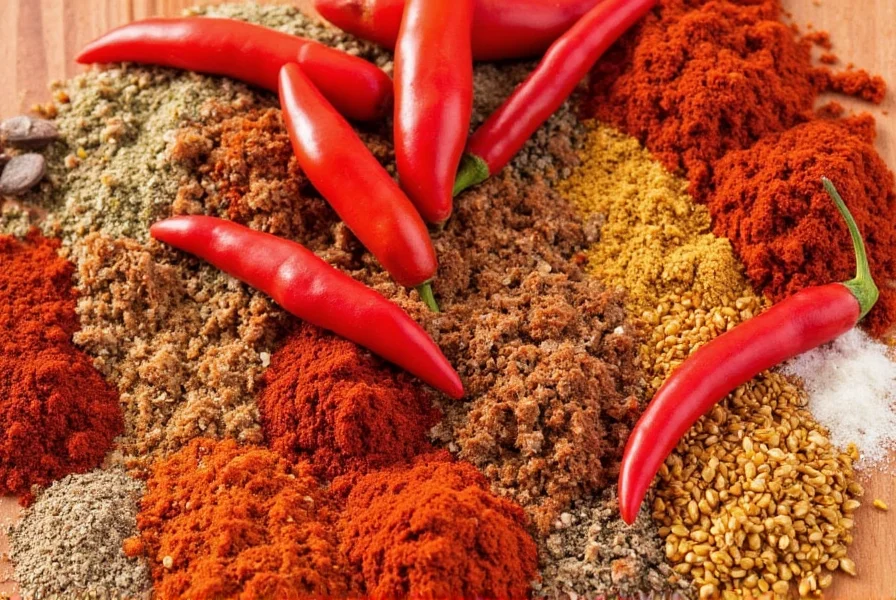









 浙公网安备
33010002000092号
浙公网安备
33010002000092号 浙B2-20120091-4
浙B2-20120091-4